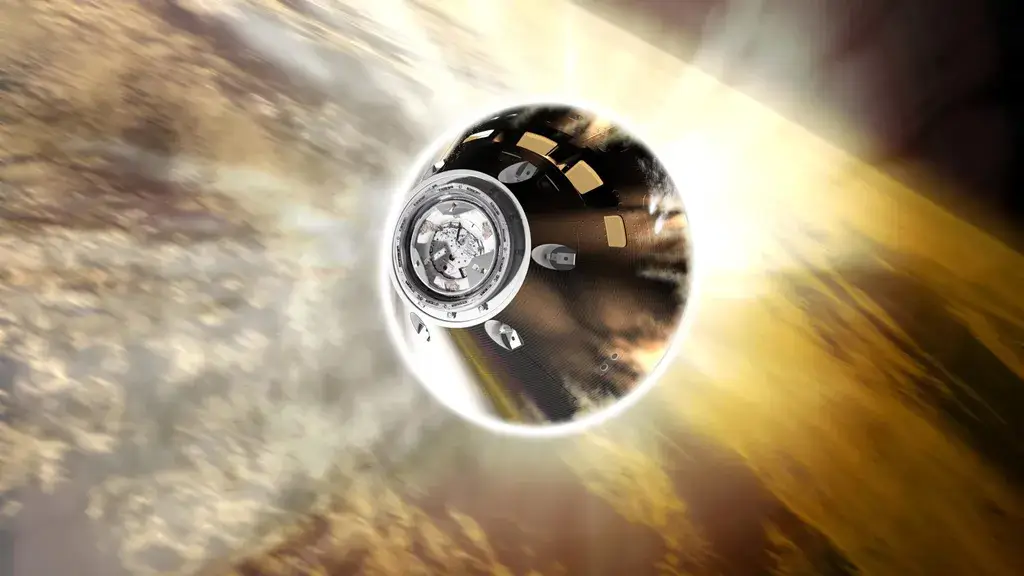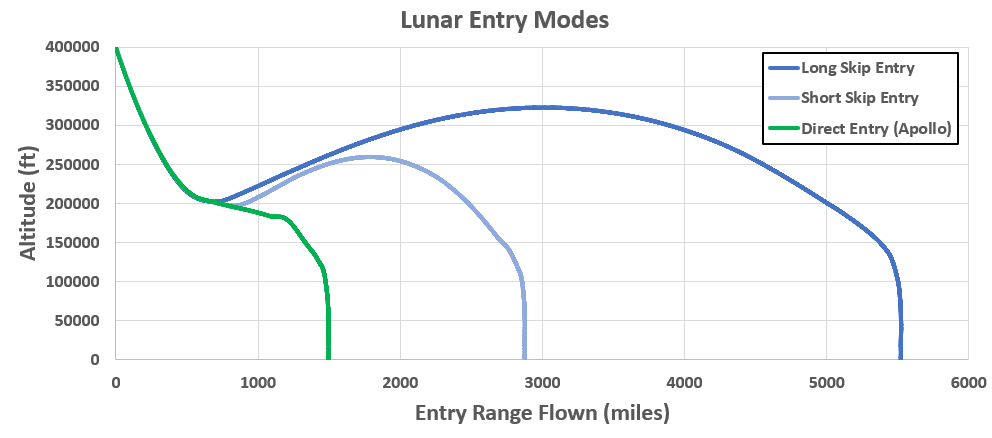The landing is planned for 19:40 tonight (Sunday, 11/12/2022). We will continue and update

The Artemis 1 mission is nearing its end, and the Orion spacecraft is on its way back to Israel, with the landing scheduled for Sunday, December 11. As Orion nears its return to Israel, it will attempt to perform the first jump entry of a manned spacecraft. This maneuver was intended to pinpoint her landing point in the Pacific Ocean.
In the jump entry, Orion will descend into the upper part of the Earth's atmosphere and use that atmosphere, along with the lift of the capsule, to jump back out of the atmosphere, and then re-enter the final descent using parachutes and touching down in the water. It's a bit like bouncing a stone on the water in a river or lake.
"The jump entry will help Orion land closer to the coast of the United States, where rescue teams will be waiting to bring the spacecraft back to land," said Chris Madsen, Orion's guidance, navigation and control subsystem manager. "When we pilot an Orion crew starting on Artemis 2, the accuracy of the landing will really help ensure that we can rescue the crew quickly and reduce the number of resources we need to place in the Pacific Ocean to assist with the rescue."
Have you ever jumped stones on water? Imagine doing this with a spaceship. When the Orion spacecraft returns to Israel at the end of the Artemis 1 mission, it will attempt a never-before-done guidance and control maneuver called a skip-entry. This maneuver allows for a precise landing spot that improves the safety of the crew's rescue.
During the Apollo era, the spacecraft entered the Earth's atmosphere directly and could then travel up to 2880 km beyond this location until it touched water. This limited range required the US Navy to station many ships in many remote locations in the ocean. The use of a skip entry will allow Orion to fly up to 8890 km beyond the entry point, and it will be able to land with greater precision. The jump entry allows the spacecraft to eventually land precisely and consistently at the same landing spot regardless of the time and place of its return from the moon.
"We extend the range by jumping back up outside the atmosphere, where there is little or no drag on the capsule, and that extends the flight range," Madsen said. "We use the lift of the capsule to adjust the height of the jump, and thus the length of the jump."
Although the idea of a jump entry has been around since the time of Apollo, it was not used because Apollo lacked the necessary navigation technology, computing power and accuracy.
"We took a lot of this knowledge from Apollo and used it in the design of Orion with the goal of building a more reliable and safer vehicle at a lower cost," Madsen said. "These are some of the things we do that are different from Apollo and allow more capacity."

The jump entry will also allow astronauts to experience lower g-forces during reentry from lunar missions. Instead of one high acceleration event, there will be two lower acceleration events of about four g's each. The jump entry will reduce the acceleration load on the astronauts and their flight will be safer and smoother.
More of the topic in Hayadan:
- Destructive Return to Atmosphere: Simulation shows how (unmanned) spacecraft die
- NASA begins preparing for return to flight
- The Columbia disaster could almost certainly have been prevented if NASA had investigated 'near miss' events
- Director of the investigative committee: NASA did not internalize the lessons of the Challenger and that is why the Columbia disaster occurred
- Apollo 10 - last instrument test before the manned landings
- Apollo 2.0?
